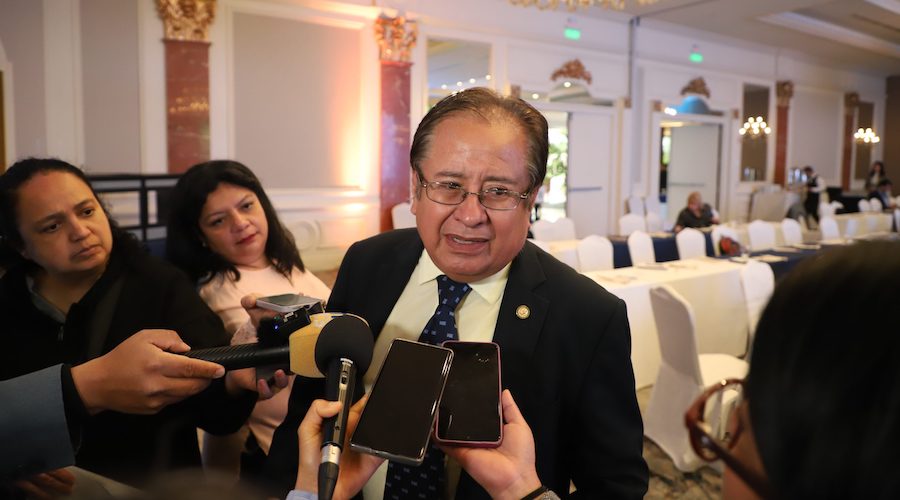Talking to journalists, Ventura noted that mining started in Guatemala 70 years ago and that all decisions that are made regarding the sector will balance out the social, economic, environmental and financial costs and benefits.
To deal with bribery and corruption accusations, the minister requested the support of the Comptroller General of Accounts, as well as information from interested parties, including countries such as the United States of America.
Ventura recalled that back in 2022, the US applied sanctions to the export licenses of Compañía Guatemalteca de Níquel (CGN), Compañía Procesadora de Níquel de Izabal (ProNiCo) and Mayaníquel, which are subsidiaries of the Swiss-based Solway Investment Group. These sanctions were lifted on the third week of January 2024 and Guatemalan authorities are asking for further information to re-authorize their operations.
The MEM’s approach is aimed at following the principles of transparency and zero tolerance for corruption that the administration of President Bernardo Arévalo is promoting, after taking office on January 15, 2024.
On the same note, the Guatemalan Ministry of Environment and Natural Resources (MARN) announced that it will review Bluestone Resources’ (TSX-V: BSR) Cerro Blanco operation, whose environmental license was granted in 2007 and updated on January 9, 2024, giving the green light to open-pit exploitation of gold deposits in the Asunción Mita municipality.
Initially, the Vancouver-based miner had proposed an underground operation but decided to switch the mining method as a response to the results of advanced engineering and optimization work that revealed an opportunity to capitalize on the project’s near-surface, high-grade mineralization through an open-pit development scenario. The assessment showed a doubling of the gold resource ounces and production profile.
A feasibility study for Cerro Blanco released in February 2022 calls for an open-pit gold mine with an average annual production of 197,000 ounces over its 14-year life. At peak production, the operation would produce 347,000 ounces of gold a year.
However, the fact that an open-pit operation would require the use of cyanide set off the alarms of nine environmental groups both in Guatemala and El Salvador, who expressed concern over the potential contamination of shared freshwater bodies such as the Güija lagoon and the Lempa River. The latter is the main water source for San Salvador, the Salvadoran capital.
In a recent meeting between the Salvadoran Foreign Affairs Minister, Alexandra Hill, and the Guatemalan ambassador to El Salvador, Rubén Estuardo Nájera, the former expressed her concern over the mine.
Yet, Bluestone has said that the mine’s development plans include a cyanide destruction process to neutralize it, which should ease such concerns.
This article was published by: Valentina Ruiz Leotaud
Visit the original article here



